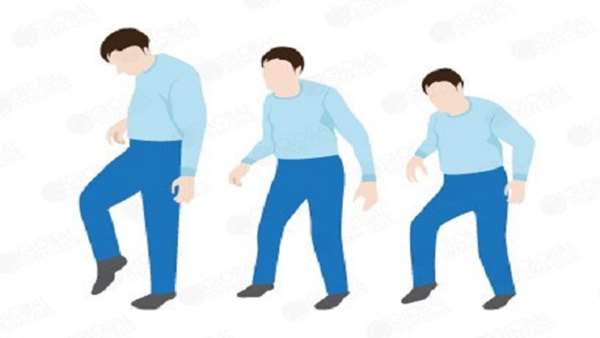Bone marrow transplantation improves motor activity in a mouse model of ataxia
Ataxias are locomotor disorders that can have an origin both neural and muscular, although both impairments are related. Unfortunately, ataxia has no cure and the current therapies are aimed at motor re-education or muscular reinforcement.
Ataxias are locomotor disorders that can have an origin both neural and muscular, although both impairments are related. Unfortunately, ataxia has no cure and the current therapies are aimed at motor re-education or muscular reinforcement. Nevertheless, cell therapy is becoming a promising approach to deal with incurable neural diseases, including neuro-muscular ataxias. Here we have used a model of ataxia, the PCD mutant mouse, to study the effect of healthy (wild-type) bone marrow transplantation on the restoration of defective mobility.
Bone marrow transplants (from both mutant and healthy donors) were performed in wild-type and PCD mice. Then, a wide battery of behavioral tests was employed to determine possible motor amelioration in mutants. Finally, cerebellum, spinal cord and muscle were analyzed to study the integration of the transplant-derived cells and the origin of the behavioral changes. Our results demonstrated that the transplant of wild-type bone marrow restores the mobility of PCD mice, increasing their capabilities of movement (52-100% of recovery), exploration (20-71% of recovery), speed (35% of recovery), and motor coordination (25% of recovery).
Surprisingly, our results showed that bone marrow transplant notably improves the skeletal muscle structure, which is severely damaged in the mutants, rather than ameliorating the central nervous system. Although a multimodal effect of the transplant is not discarded, muscular improvements appear to be the basis of this motor recovery. Furthermore, the results from our study indicate that bone marrow stem cell therapy can be a safe and effective alternative for dealing with movement disorders such as ataxias.





ارسال به دوستان